안녕하세요!
It’s unbelievable that I’ve already been in Seoul for over a week and a half, and today is my fourth day of classes. The amount and variety of things to do can be a little overwhelming, so I haven’t been very good about writing posts….Yes, yes, dishonor on me, dishonor on my cow….
Living in Seoul for even just a week and a half has given me a good sense of the cost of living – if you take out the cost of a place to stay. I live in a dorm on campus, and compared to my home university’s housing fees, it is very cheap.
There are other things that cost money, however. Food, clothes, transportation, coffee (there are innumerable cafes in every direction), tours, traveling (cross-country, like to Busan, as opposed to within Seoul). And textbooks/printing out class assignments and readings.
Food.
Food can vary quite a bit here. If you’re smart, you can easily spend very little on food, even if you go out with a huge group of people, order a ton of food, and have soju and makgeolli on the table. If you don’t pay attention, however, you can also have all your money sucked away into some secret chasm of why-did-I-order-that-why-why-why.
Here’s some examples of cheap eating without compromising taste/quality (usually). I went out to dinner in Hongdae with a group of twelve people. Our total meal, with a huge chicken stew, several kinds of jeon (Korean pancakes, such as seafood, kimchi, etc.), soju, makgeolli, and perhaps one or two small dishes besides cost a whopping total of 6,000 won each. That’s roughly USD $6.
Eating at the university cafeterias in Yonsei also tends to be relatively inexpensive. The price of a meal ranges from 1,200 won to perhaps 7,000 won. If you’re going for some extreme spaghetti with lots of add ons, then you’re looking at bigger prices than that, but who wants to get 10,000 won spaghetti every time they eat dinner? There are also numerous small restaurants tucked away along Sinchon-ro, the main road on which Yonsei’s main gate opens.
But let’s say you go out with two friends, neither of whom speak any Korean, and you end up in a little restaurant because it’s pouring rain and it’s too far to run back to campus until the rain lets up. You sit down and ask the ahjussi with your garbled Korean and some very obvious pointing that you want whatever the next table is eating – ooh that looks delicious! What is it? He says something swiftly in Korean, points at the menu on the wall, and then at the dish again. You don’t know what he said, but okay, he’s going to bring that dish.
Then the dish turns out to be the most expensive dish on the menu. 32,000 won for a massive pile of pig feet. He didn’t give you the dish next to your table. He upsold you because you didn’t speak clear Korean. Now you have food that makes you feel sick and you feel ripped off and stupid.
No offense to anyone who likes eating pig feet, seriously. I’m just not able to eat it. I tried, I really did – I was so hungry. But the texture, taste, and smell – the trifecta of eating food – really did not agree with me.
Not that this happened to me or anything, but I recommend that even if you think you made yourself clear with your order, CLARIFY by pointing at the MENU. I had a similar problem when I ordered an iced coffee and the barista didn’t hear me say iced. These things aren’t a big problem in your home country, but how can you explain in limited Korean without making everyone feel very bad?
Point at the menu. Clarify your order. Make sure that when you spend 10,000 won on a meal, it’s a worthwhile meal and it’s the one you wanted.
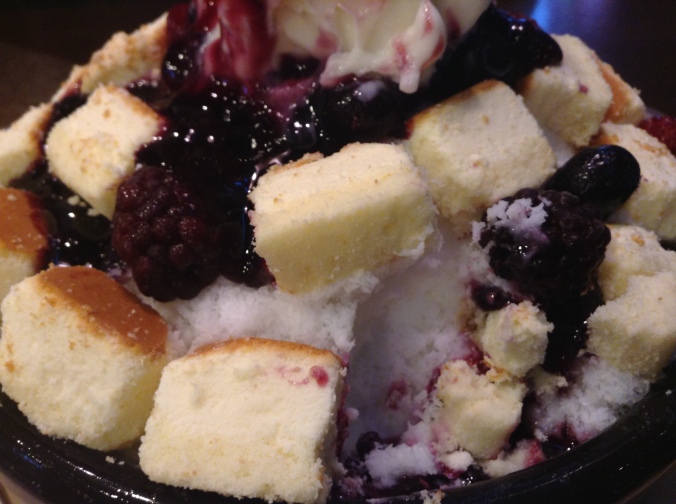
You might end up spending 10,000 won on a gloriously massive serving of patbingsu that three people could share.
Clothes.
Mmm, yes. Clothes. If you buy from the street, you can find lots of articles of clothing and pairs of shoes priced at around 10,000 won. 5,000 won sale racks, sometimes pricier items up to 20~30,000 won. Hongdae is a great hub of shopping, food, and people. Lots and lots of people. I’ve bought quite a few shirts from there and two pairs of shoes. If you’re a bargaining person (every time that I try, I fail), you might be able to bargain on side streets in Edae for shoes, as long as you don’t just buy one pair. Usually, the rule is that if there’s a price on it, don’t bother trying to argue.
You can also head into department stores and head right back out. They tend to be much pricier, although perhaps you can find things on sale. But why buy something you can easily buy in your own country?
Transportation.
You can check out my spiel on T-money and public transportation in Seoul here. T-money is a lovely invention, and it’s fairly cheap. If you plan on traveling around the city a lot, it won’t be super expensive, but it will slowly take its toll. I have been here about a week and a half and spent about 35,000 won on re-charging T-money, but 20,000 of that was stupidity. My card stopped working and I tried to recharge it but apparently it still had money on it; it was just defective for ten very frustrating minutes. But I bought another card just in case that one was done (10,000 won for no reason on another card) and now I have two cards and far too much T-money.
I have actually used roughly 10~15,000 won since I got here last Sunday, however. This is because I went to Hongdae four nights in a row, traveled all around on the green line once or twice, and have used the buses several times and gone to the electronics market that’s a few transfers away from Sinchon – among other things. I will probably not be traveling nearly as much now that class has started. I didn’t even leave campus yesterday or the day before.
I also have a few friends who only just got a T-money card yesterday. If you only use taxis, your transportation cost will be much higher. T-money is the way to go; just buy a card for a few thousand won and charge it with about 10,000 won. You’ll be fine for at least a week or two, even if you travel a lot like I have.
As for traveling out of Seoul, I’ll cover this in a future post. I haven’t left Seoul yet, but I will for part of Chuseok! Busan, here I come!
Coffee.
Do you like coffee? Cafes? Well, Korea does. Korea likes them very much. In particular, Americanos are very popular. I just can’t do an Americano though. 그 쓴 맛…으으엨!
Coffee is fairly expensive here, averaging around 4.5~7,000 won for a drink. Most of the drinks are ‘fancy’ – not a lot of ‘just regular’ drip coffee available here. You’re bound to end up in a cafe at least once while you’re here, and it’s far more likely that you’ll end up in cafes at least a couple times a week. Be careful; coffee will drain your money away swiftly and tastily.
By the way, when you order even just a simple coffee, they will hand you a little buzzer like the ones used at restaurants when you’re waiting for a table. But this is a cafe. Just go sit down and watch ads on the little handheld device until it goes off to signal that your drink is ready.
If you can put an ad on it, Korea will put an ad on it.
Tours.
The cost of tours is very dependent on how you do them. I’ve only experienced tours via my university so far, and they have all included a meal and more than one site, costing me either 40 or 50,000 won, which is a fairly good price when transportation, food, and entrance fees are all included in that fee. I think it’s definitely worthwhile to go on at least one or two with a guided group, but I’m going to return on my own or with friends – you don’t get to see as much when 40 people are being shepherded through some beautiful location.
Books & Printing.
These costs can definitely vary. Many professors reserve textbooks at the library for student use, or allow students to pick up printed copies of various materials in one package from locations around campus. The cost really does vary, and so it’s best to at least budget whatever amount you normally spend at your home university. I have bought one textbook so far, need four more, and spent about 60,000 won on that textbook and printing other materials. I have not yet picked up materials beyond that because the professors have not yet made them available at the printers (yet we have readings to get done! What is this madness….).
Printing is possible for about 100 won per black and white page, and around 400 won for color copies. The Samsung Library on Yonsei’s campus has printing available on the 5th floor, and machines to refill your student card for printing fees in the basement level. You have to sign up for a printing account, which can be done once logged onto a library desktop computer also on the 5th floor. If you have trouble, you can always ask for help, but be aware that the person trying to assist you might not speak any English. Go with a friend for at least your first time (especially if that person speaks a little bit of Korean).
Hopefully this was helpful to you if you’re traveling abroad soon or just curious about the expenses of a study abroad student in Seoul, South Korea! 감사합니다!
지금 재생중:
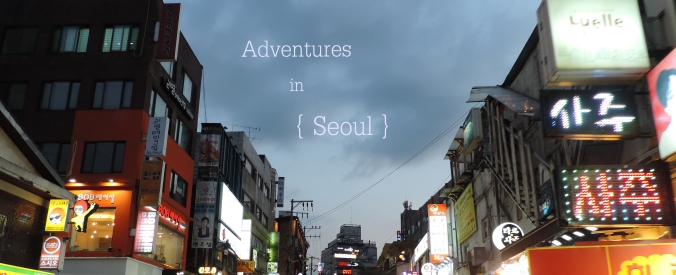
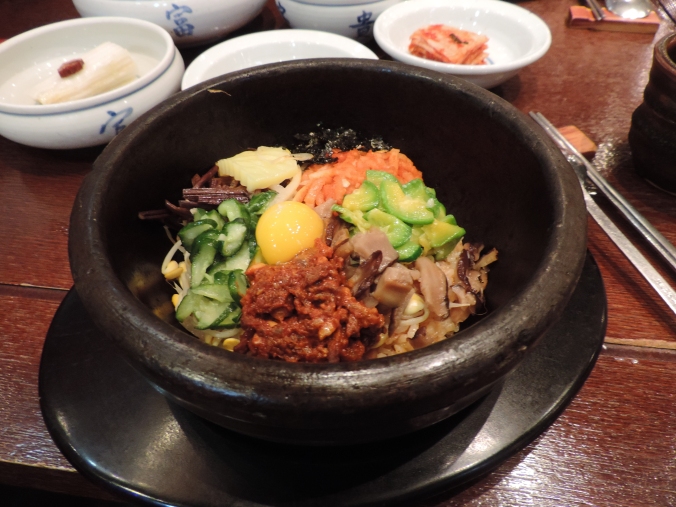
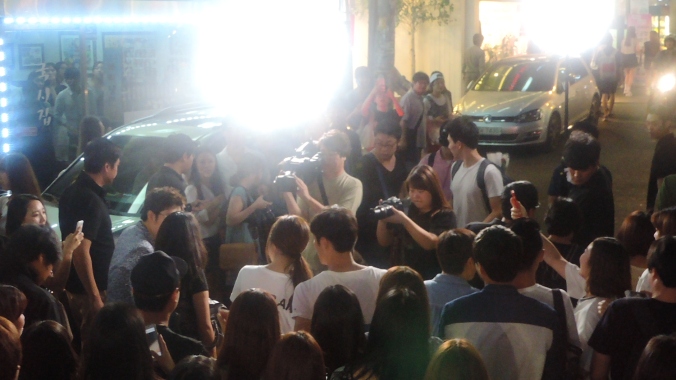
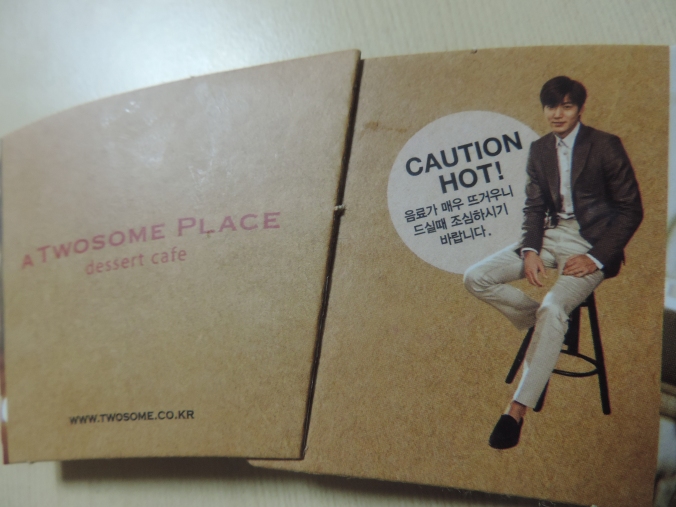
I had a similar experience as the one you had with pork feet. Though mine was with jellyfish in Chinatown in Bangkok:)
LikeLiked by 1 person
Oh wow! Jellyfish….I have definitely not tried that yet!
LikeLike
“Dishonor on me, dishonor on my cow…” made me laugh out loud! 🙂 Great post! 🙂
LikeLike
Thanks for reading, sis 🙂
LikeLike
And that waiter was a prick! Glad you at least tried the pigs feet! Not my cup of tea…
LikeLike
Hi!
Anyone know the price of microwave popcorn in Korea and where can I find it?
Thanks!
LikeLike